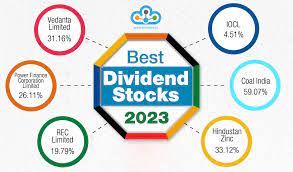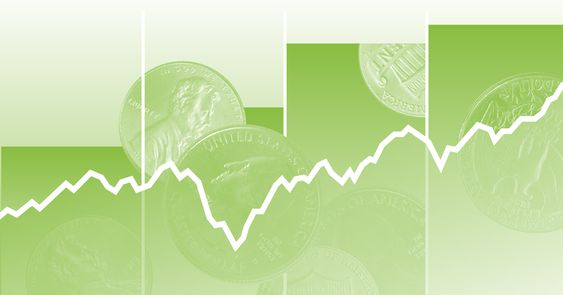Why Gics May Not Be The Best Choice Despite Their High Rates

Despite the lure of high interest rates, Guaranteed Investment Certificates (GICs) might not always be the best investment choice for everyone. Understandably, the promise of guaranteed returns can be a significant draw for investors looking to preserve their capital. However, there are several reasons why GICs might not suit all investment strategies.
Firstly, while GICs offer stability and security, they typically do so at the expense of growth potential. The interest rates on GICs, although higher than a regular savings account, rarely outpace inflation significantly. This means that although your capital is safe, it is not necessarily going to grow substantially over time. Thus, for those seeking to increase their purchasing power or to make significant gains, GICs may fall short.
Secondly, GICs are often accompanied by rigid terms and limited liquidity. Investors usually lock in their money for periods ranging from a few months to several years. During this time, investors cannot access their funds without incurring penalties or foregoing interest income. For individuals who may need to respond quickly to financial opportunities or emergencies, this lack of flexibility can prove disadvantageous.
Inflation is also a notable factor when considering the practical returns of GIC investments. In periods of high inflation, the real rate of return on a GIC – that is, the nominal rate minus the rate of inflation – can be minimal or even negative. This could mean that in real terms, an investor’s money might actually lose value over time when invested in low-yielding GICs during inflationary times.
Taxation is another concern for GIC investors. Unlike investments held within tax-advantaged accounts like RRSPs or TFSAs in Canada, interest earned on non-registered GICs is taxable at an investor’s marginal tax rate. This taxation can reduce net returns and should be considered when comparing investment options.
Lastly, diversification or lack thereof with GICs could pose a problem for some investors. Putting a significant portion of one’s portfolio into GICs might protect that investment from market volatility but at the same time exposes it to other risks such as inflation risk and opportunity cost —the risk of missing out on potentially higher returns from other types of investments like stocks or bonds.
In conclusion, while GICs boast high rates and are perceived as being low-risk financial products suitable for conservative investors prioritizing capital preservation, these characteristics may not align with the goals or needs of all investors. Those individuals who need greater liquidity, are looking for growth above inflation rates or are considering tax implications will find that alternative investment options may be more appropriate to achieve their financial objectives.






